Self-Portrait as a Sperm Whale Delicacy, Stranded
The fierce waves crack open
white-tipped
onto the beach,
like roiling broken
ribs of shipwrecks
then smoldering back
into cold brine.
Under a snow-soaked sky
I learn all the meanings
of the color aquamarine:
the way this opalescent
rip-tide
pulls ink from my skin
as though the poet
can not separate
from the cephalopod.
On this edge of winter
a bitter wind
braced with salt
charts my course:
the wet land I dread,
the washed-bleat of this surf,
the haunting scratch of beak,
of dipped quill and tentacle.
Off in the distance,
over another grey crest,
a slim funnel of spume
pierces the horizon, the bull’s tongue
salival for dark liquid
spilled: an ambrosial stain
like a stanza path to a bleak coast,
where my arms carve the end
of a poem in sand, letters
which spell the raw morsel
Architeu-
this
Joanie DiMartino has work published in many literary journals and anthologies, including Modern Haiku, Alimentum, Oddball Magazine, Calyx, and Circe’s Lament: An Anthology of Wild Women. She is a past winner of the Betty Gabehart Award for Poetry. DiMartino is the author of two collections of poetry, Licking the Spoon and Strange Girls, and is completing her third manuscript, Wood to Skin, about the 19th-century whaling industry, for which she was a 38th Voyager on the Charles W. Morgan.
Art can illuminate even the most elusive and difficult to comprehend ideas. Visual rules and tightly codified visual metaphors help scientists communicate complex ideas mostly amongst themselves, but they can also become barriers to new ideas and insights. Dr. Regina Valluzzi’s images are abstracted and diverged from the typical rules and symbols of scientific illustration and visualization; they provide an accessible window into the world of science for both scientists and non-scientists.
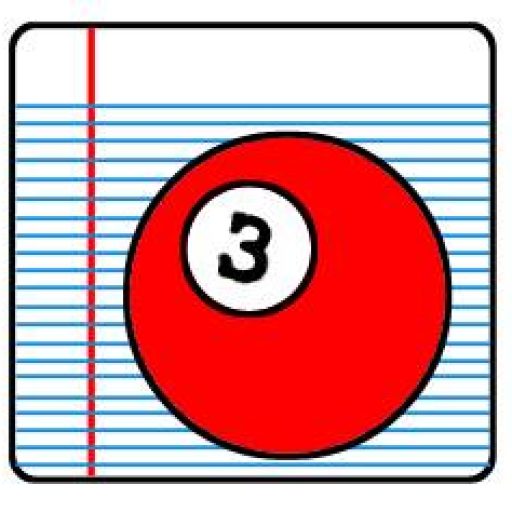



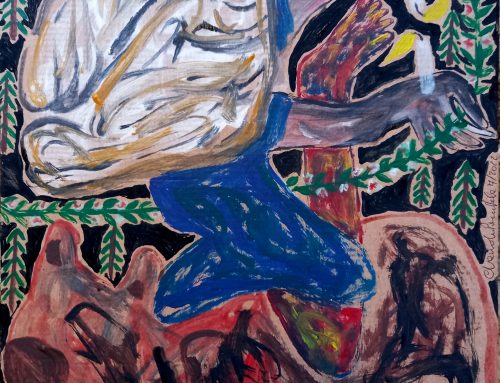
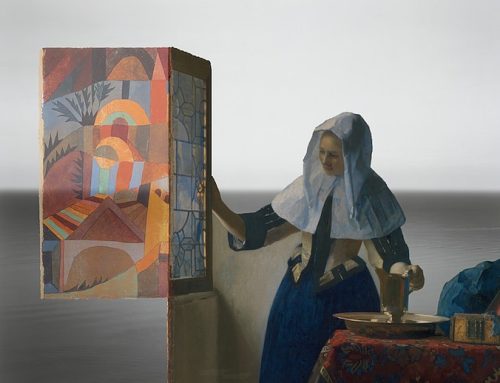


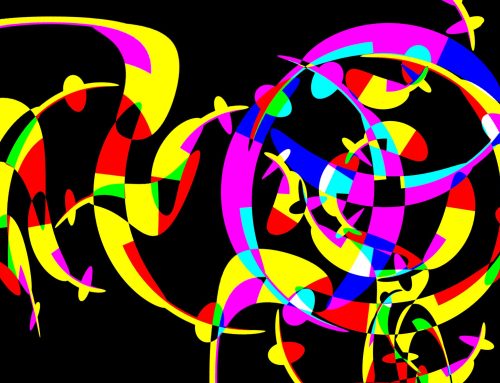

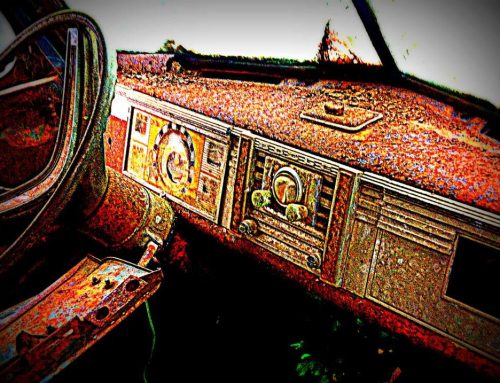
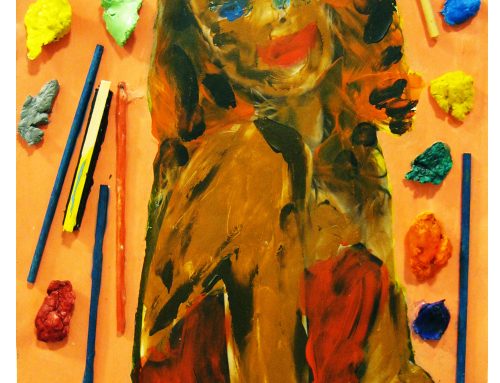
Leave A Comment